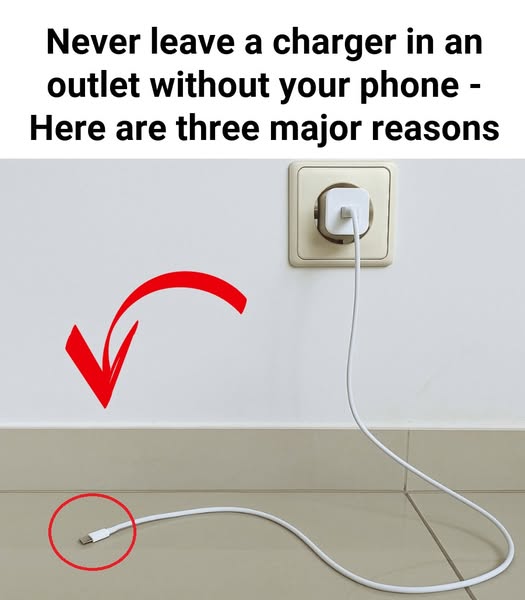Why You Should Never Leave a Charger in an Outlet Without Your Phone
Chargers are an essential part of our daily lives, powering up our devices and keeping us connected. But did you know that leaving your charger plugged into the wall—even when it’s not charging your phone—can have unintended consequences? From wasting electricity to posing potential safety risks, here’s why you should think twice before leaving your charger in the outlet.
1. It Still Draws Power – Even When Not Charging
When you leave your charger plugged in without a device attached, it doesn’t just sit idle—it continues to draw a small amount of power. This phenomenon is known as phantom power or vampire energy . While the energy consumption is minimal (typically less than one watt), over time, these small amounts can add up, especially if you have multiple chargers scattered around your home.
Why It Matters:
- A single charger might not break the bank, but collectively, all those chargers left plugged in can contribute to unnecessary energy waste.
- For eco-conscious individuals or those trying to reduce their carbon footprint, unplugging unused chargers is an easy way to conserve electricity.
- If you’re looking to save on utility bills, every watt counts. Unplugging chargers during downtime ensures you’re not paying for energy you’re not even using.
2. Low-Quality Chargers Can Overheat and Pose a Fire Risk
Not all chargers are created equal. While certified, high-quality chargers are designed with safety features like proper heat regulation, cheap or uncertified chargers often lack these safeguards. Leaving such chargers plugged in for extended periods increases the risk of overheating, which could potentially lead to a fire.
Red Flags to Watch For:
- Warm Chargers: If your charger feels hot to the touch while plugged in (even without a phone), it’s a sign of poor quality or internal issues.
- Visible Damage: Frayed cords, discoloration, or burn marks are warning signs that your charger needs immediate replacement.
- Counterfeit Products: Many low-cost chargers sold online or at bargain stores don’t meet safety standards and can be hazardous. Always opt for reputable brands and look for certifications like UL (Underwriters Laboratories).
While the likelihood of a charger causing a fire is relatively low, defective or damaged chargers can create serious hazards. Play it safe by inspecting your chargers regularly and replacing them if needed.
3. Overloaded Circuits Can Be a Problem – But Not from One Charger
CONTINUE READING ON THE NEXT PAGE 🥰💕

